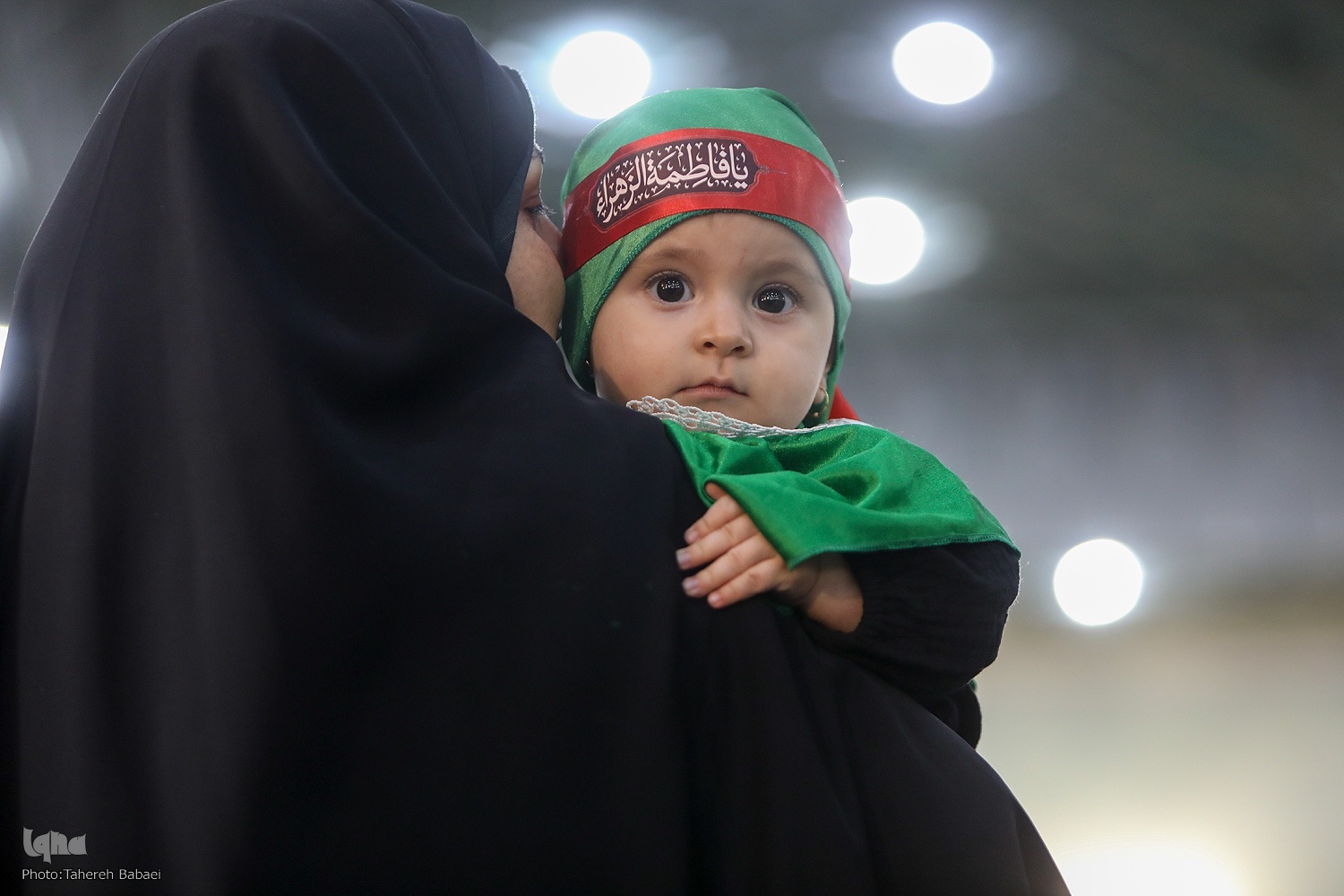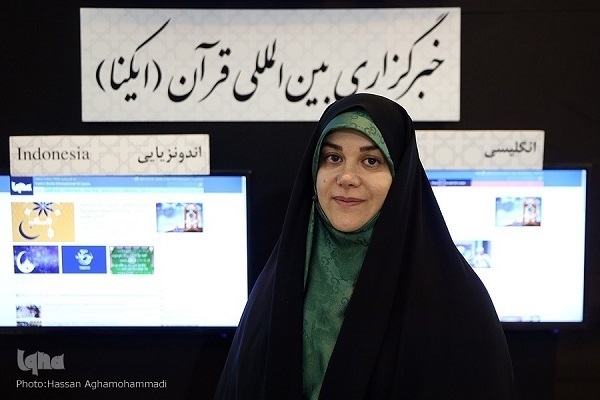Educator Names Tools to Pass Ashura’s Teachings to Children

In an interview with IQNA about religious education and identity formation, seminary lecturer Masoumeh Sadat Tabatabei emphasized that the legacy of Imam Hussein (AS), the grandson of Prophet Muhammad (PBUH) and central figure in the Battle of Karbala, transcends religious and ethnic boundaries. “The message of Ashura is not confined to a single faith or group,” she said. “It is universal — a human legacy of dignity, resistance, and moral clarity.”
Imam Hussein (AS) was martyred in 680 CE while standing against tyranny. His final stand, alongside a small group of companions — including women, elderly individuals, and children — has become a cornerstone of Shia Islamic identity and a symbol of resistance to oppression.
Tabatabei stressed that the spiritual and ethical principles rooted in Hussein’s uprising — such as justice, monotheism, and seeking divine satisfaction — form a universal educational model. “If we eliminate human-made limitations like ethnicity and geography,” she explained, “we move closer to divine contentment.”
Drawing on both religious teachings and psychology, Tabatabei said effective moral education begins with action, not instruction.
“Children don’t just listen to what we say; they watch what we do. And that leaves a deeper impact,” she noted, pointing to the Quranic verse, “Why do you say what you do not do?” (Surah As-Saff, 61:2).
Read More:
According to Tabatabei, raising children with values like justice and honesty must begin early and requires sustained, empathetic engagement. “Don’t wait until your child shows signs of maturity or talent. Begin the process of spiritual formation during childhood, and walk alongside them on that journey,” she said.
In the Ashura tradition, even young children were granted agency. On the eve of the battle, Imam Hussein (AS) released his followers — including children — from their allegiance, allowing them to leave freely. “This moment teaches us that free will and choice are vital in education,” she said. “Training a child should not rely on force or fear, but on dialogue, guidance, and emotional connection.”

She warned that if children later falter in their beliefs, the roots often lie in missed opportunities during their formative years. “In the same way that Imam Hussein’s camp welcomed questions, even amid war and tragedy, we must encourage thoughtful inquiry in children. Let them ask. Let them think. That’s how they learn to seek truth.”
One key method, she said, is age-appropriate storytelling.
“Exaggeration or theatrical portrayals in religious gatherings can sometimes distort the message,” she cautioned. “We must be careful to communicate stories with balance and sensitivity to the child’s level of understanding.”
Among the most effective tools, she said, are stories, poetry, and images, with storytelling being the most powerful.
“When children hear about heroes like Lady Ruqayyah or Ali Asghar — children like themselves — they connect deeply,” Tabatabei explained. “This empathy helps shape their religious identity in an organic and lasting way.”
Read More:
She added that storytelling also helps children internalize values by placing them in relatable contexts. “It’s not just about learning facts. It’s about helping children feel and understand the truths behind those stories.”
Finally, she cautioned against overemphasizing themes of suffering in a way that could harm children’s emotional well-being.
“While the Ahl al-Bayt [the family of the Prophet] endured great pain, they did so with dignity and strength,” she said. “We must present them not just as victims, but as courageous, principled figures — because martyrdom, in the end, is the art of those who walk with God.”
4295405



